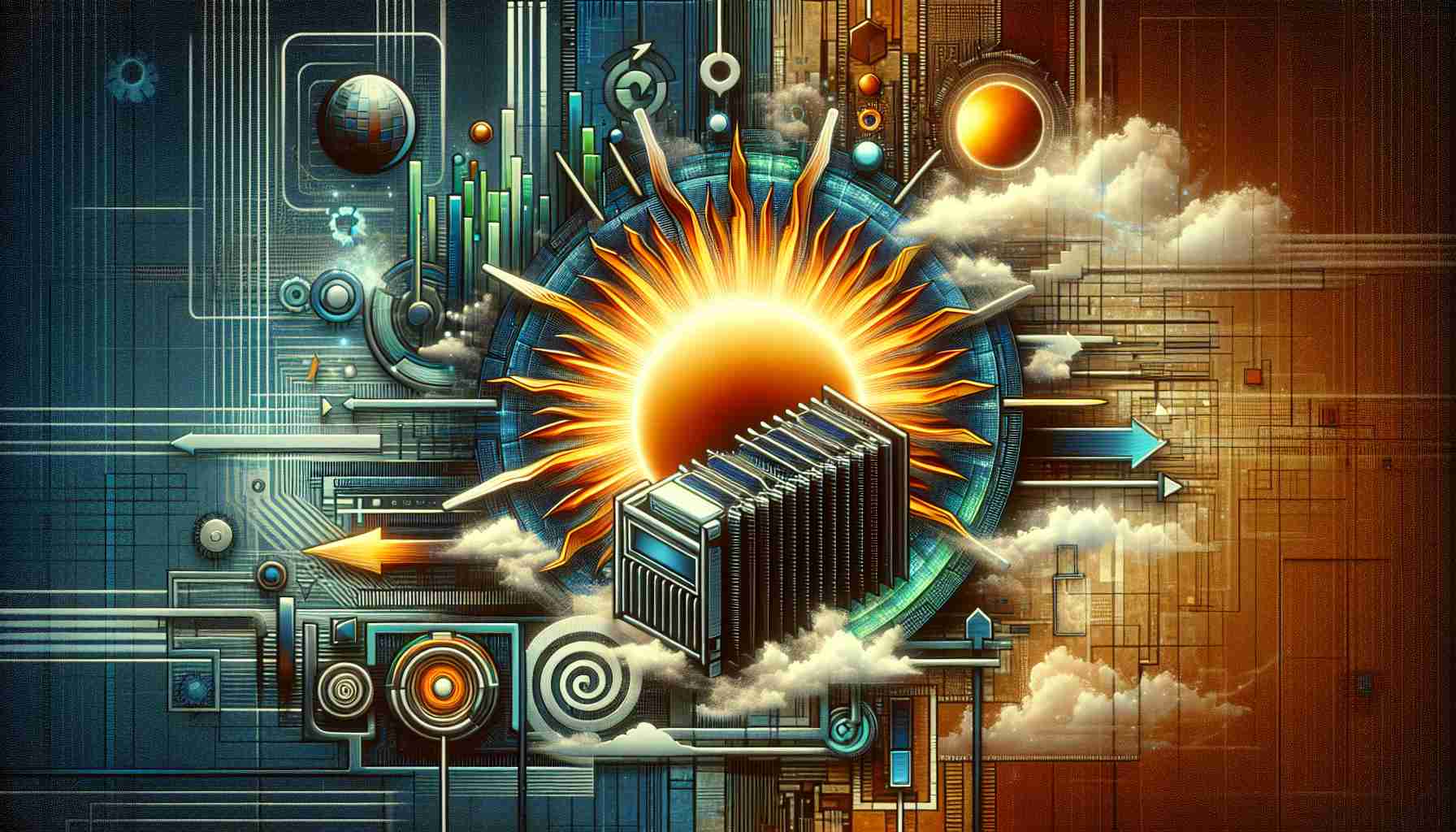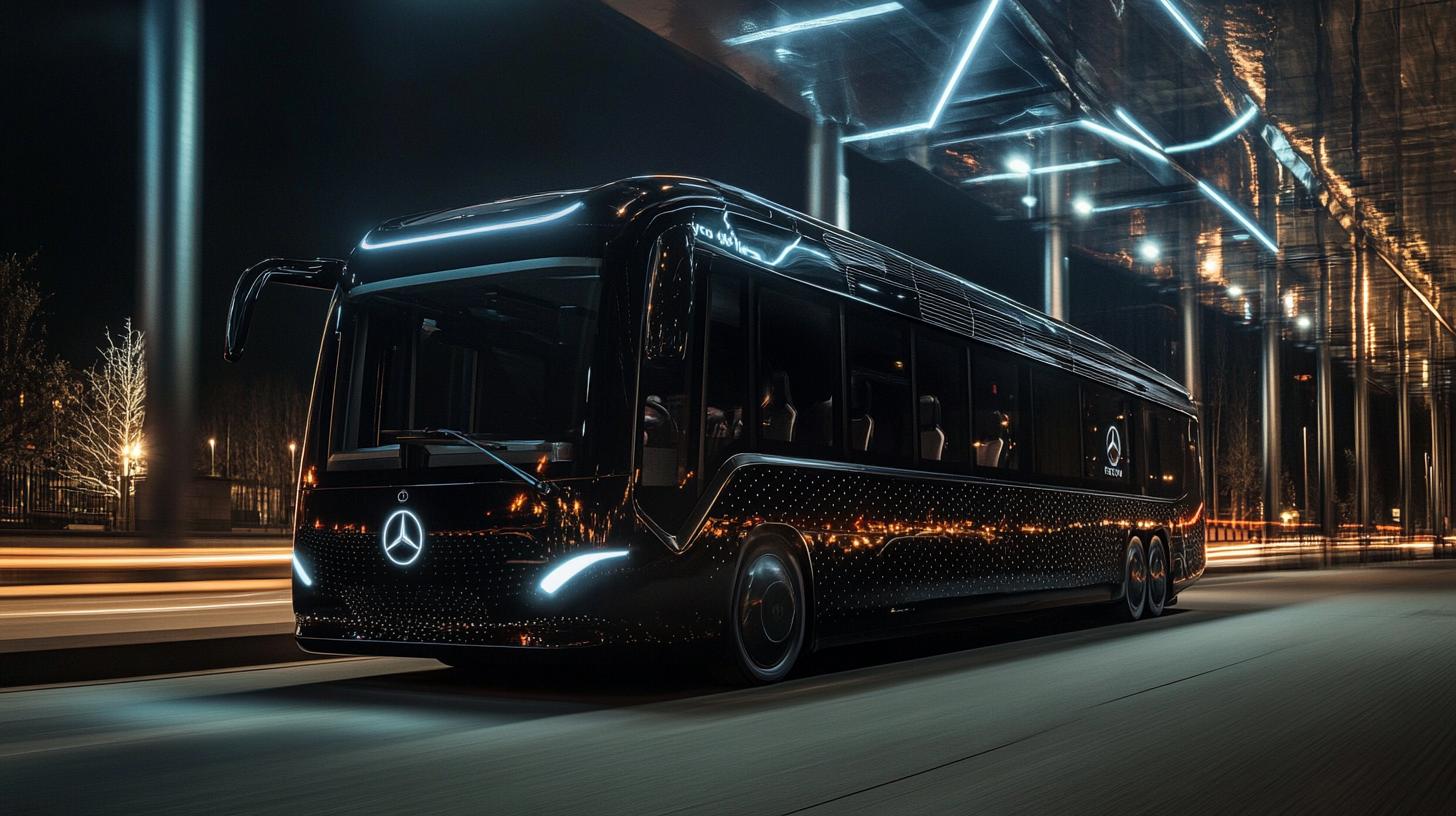As technology advances, the role of injection molding machines in the manufacturing industry is expanding beyond expectations. With the global demand for plastic products rising, injection molding machines are at the forefront of producing essential components across various sectors, from automobiles to medical equipment. The shift towards automation and efficiency has led to the adoption of fully automatic, highly efficient all-electric machines, revolutionizing production processes.
The injection molding machine market is not just about production; it’s about innovation and meeting specific industry needs. From high clamping forces for thick-walled containers in the food & beverage sector to rapid prototyping capabilities for quick design iterations, these machines are driving growth and development. With supportive government initiatives and a growing population, new opportunities are emerging in sectors like robotics and medical equipment.
Despite the numerous advantages, challenges persist in the market. The significant investment required for purchasing and maintaining injection molding machines can deter smaller businesses from entering the market. Moreover, the pressure to meet demands for efficiency and sustainability while addressing urgent emergencies highlights the need for robust supply chains and maintenance strategies.
In a world where precision, speed, and versatility are paramount, injection molding machines stand as pillars of modern manufacturing, shaping industries and economies alike. Their impact goes beyond production, contributing to human health, industrialization, and global progress. The future of manufacturing is intertwined with the evolution of injection molding machines, paving the way for a new era of possibilities.
The Evolution of Injection Molding Machines: Uncovering Key Insights and Challenges
As we delve deeper into the realm of injection molding machines and their pivotal role in modern manufacturing, there are several crucial questions that arise, shedding light on the intricacies of this evolving industry.
What are the latest technological advancements in injection molding machines?
One of the most notable developments in injection molding technology is the integration of machine learning and artificial intelligence (AI) to optimize production processes. These cutting-edge systems can analyze data in real-time, identify patterns, and make predictive maintenance decisions, ultimately improving efficiency and reducing downtime.
How do sustainability concerns impact the use of injection molding machines?
With the increasing focus on sustainability and environmental consciousness, manufacturers are exploring the use of biodegradable and recycled materials in injection molding processes. This shift towards eco-friendly practices not only reduces the carbon footprint but also enhances brand reputation and consumer trust.
What are the key challenges faced by the injection molding industry?
One of the primary challenges confronting the injection molding sector is the rising competition from overseas markets, particularly in countries with lower labor costs. This global competitiveness puts pressure on manufacturers to innovate constantly, streamline production, and differentiate themselves to maintain market share.
What are the advantages and disadvantages of implementing all-electric injection molding machines?
Advantages: All-electric injection molding machines offer higher precision, energy efficiency, and faster cycle times compared to hydraulic counterparts. They also produce less noise and require minimal maintenance, resulting in overall cost savings and improved environmental impact.
Disadvantages: Despite their benefits, all-electric machines have a higher upfront cost, which may pose a barrier to entry for smaller businesses. Additionally, the complexity of electrical systems can make troubleshooting and repair more challenging, requiring specialized expertise and training.
In the ever-evolving landscape of manufacturing, injection molding machines play a pivotal role in driving innovation and efficiency. While the industry continues to push boundaries and adapt to new technologies, addressing key challenges and embracing sustainable practices will be essential for long-term success.
For further insights on the latest trends and developments in injection molding technology, visit Manufacturing Technology Insights.




















